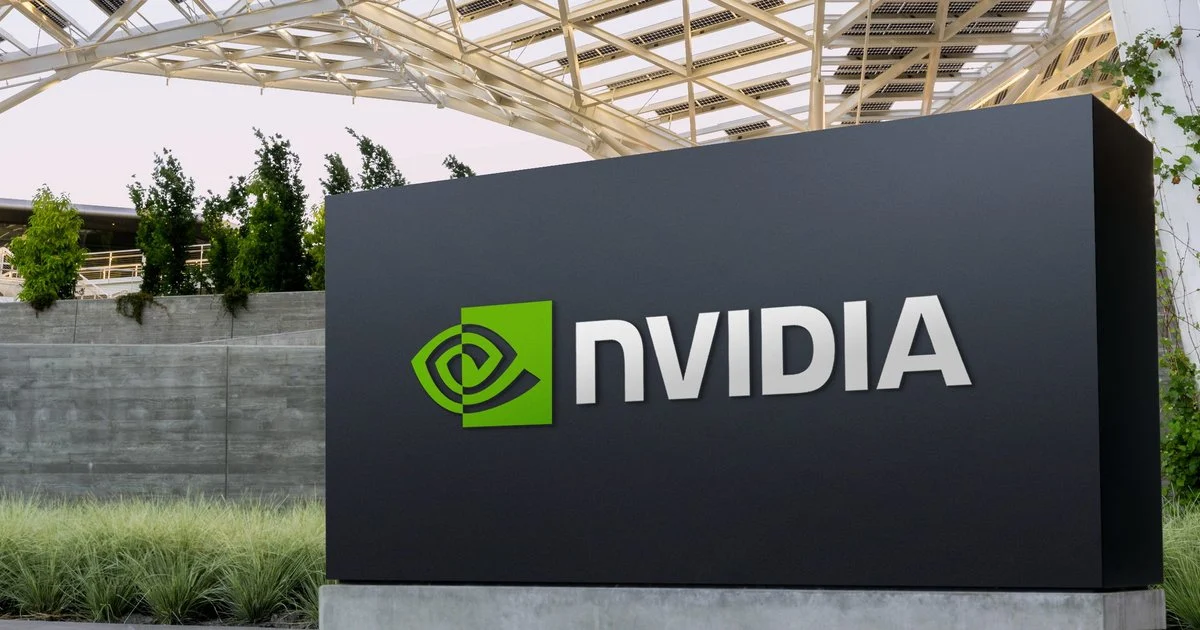I Believed the Hype About Nvidia’s ‘Insiders Dumping Stock.’ Then I Did My Job.

For the past year, writing about Nvidia has felt like a tightrope walk over a volcano. The momentum is undeniable, but so is the searing heat of skepticism. And I’ll be honest, I’ve spent most of my time on the side of the skeptics. It felt like the responsible, sober position to take. When I saw major outlets like CNBC, citing the Financial Times, use a word as loaded as ‘dumped’ to describe over $1 billion in insider stock sales, it confirmed every bias I held. To me, this wasn’t just a headline; it was the ultimate tell. Here were the people who knew the company best, the architects of its meteoric rise, seemingly rushing for the exits. It looked like a classic case of smart money cashing out at the top, a clear signal that the party was over.
My skepticism didn’t stop there. I was a firm believer in the ‘not just Nvidia’ narrative. It seemed like common sense. In any gold rush, the shovel-seller eventually faces competition. I read with great interest about SoftBank’s founder anointing OpenAI as the next world-beater or the arguments positioning Broadcom as another critical AI beneficiary. This narrative resonated with me because it fit a familiar pattern: no king rules forever. Nvidia, in my view, was a brilliant hardware company enjoying a temporary monopoly, a bubble waiting for a pin. I saw it as a component supplier, not the entire engine of a new industrial revolution. I was convinced, and I was wrong.
My change of heart wasn't sparked by a soaring stock price or a bullish analyst report. It was something far more mundane and, frankly, a little embarrassing for a journalist to admit. It was a footnote. I was drafting a piece that leaned heavily on the insider selling narrative, and as a matter of due diligence, I decided to pull the actual Form 4 filings from the SEC’s EDGAR database myself, rather than relying on second-hand reporting. What I found didn’t just weaken my argument; it dismantled it.
Staring at the dry, legalistic text, I saw the truth of the situation. These weren't panicked, reactionary sales. The vast majority were executed under pre-scheduled Rule 10b5-1 trading plans. For those unfamiliar, these are plans that executives set up months, sometimes years, in advance, to automatically sell a predetermined number of shares at a predetermined time. This is not a sign of panic; it’s the definition of prudence. It’s a mechanism designed by regulators to allow insiders to diversify their assets—which are often overwhelmingly concentrated in company stock—without being accused of trading on non-public information. The word ‘dumped’ was a deliberate and deeply misleading choice. It conjured images of executives frantically calling their brokers. The reality was a legally-mandated, automated, and scheduled process of financial planning. It was a difficult realization. The foundation of my skepticism—the idea that the insiders had lost faith—was built not on fact, but on a single, emotionally-charged verb. It made me question everything else I thought I knew.
If the narrative about insider confidence was so profoundly misrepresented, what about the narrative on Nvidia's market position? I started digging again, this time with a newfound humility. I had dismissed CEO Jensen Huang’s grand pronouncements as corporate marketing, but now I listened with fresh ears. His vision, echoed in publications from Forbes to the Times of India, wasn’t just about selling more powerful chips. When he says, “the network is the computer,” he’s not speaking metaphorically. He is describing the architecture his company has been building for over a decade.
I had seen Nvidia as a hardware company. This was my biggest mistake. Through acquisitions like CentML and strategic collaborations with giants like HPE, Nvidia has been relentlessly building a moat made not of silicon, but of software. The CUDA programming model is the operating system for accelerated computing, a platform with millions of developers and a decade-and-a-half head start on any potential rival. To switch from Nvidia isn't just about buying a different chip; it's about abandoning an entire ecosystem. It’s like trying to run an iOS app on an Android phone—you can’t. You have to rebuild it from the ground up.
This is why the ‘who is the next Nvidia?’ question is flawed. It presumes the game is about making a faster chip. It’s not. The game is about building the most cohesive, powerful, and easy-to-use computing platform for the AI era. Nvidia isn’t just selling the shovels; they’ve built the railroads, the engines, the signaling systems, and they’re writing the timetables. While the world watches the consumer-facing products, like the rumored RTX 50 SUPER cards for gamers, the real revolution is happening in the data center, where Nvidia's full-stack solution is becoming the standard. The path to a potential $6 trillion valuation that analysts at Morgan Stanley are charting isn't based on selling more graphics cards; it's based on the company becoming the foundational platform for the next wave of economic productivity.
I’m not here to tell you to buy the stock or to become a cheerleader. My journey has been one of professional and personal recalibration. It’s a reminder that compelling, simple narratives are often dangerously incomplete. The story of ‘panicked insiders’ was simple and compelling. The story of a ‘hardware bubble’ was familiar and easy to grasp. The truth, however, is far more complex. It’s a story about software moats, ecosystem lock-in, and a long-term strategic vision that I had completely overlooked. I was so focused on looking for the pin that I failed to see the shape and scale of the revolution unfolding right in front of me.

